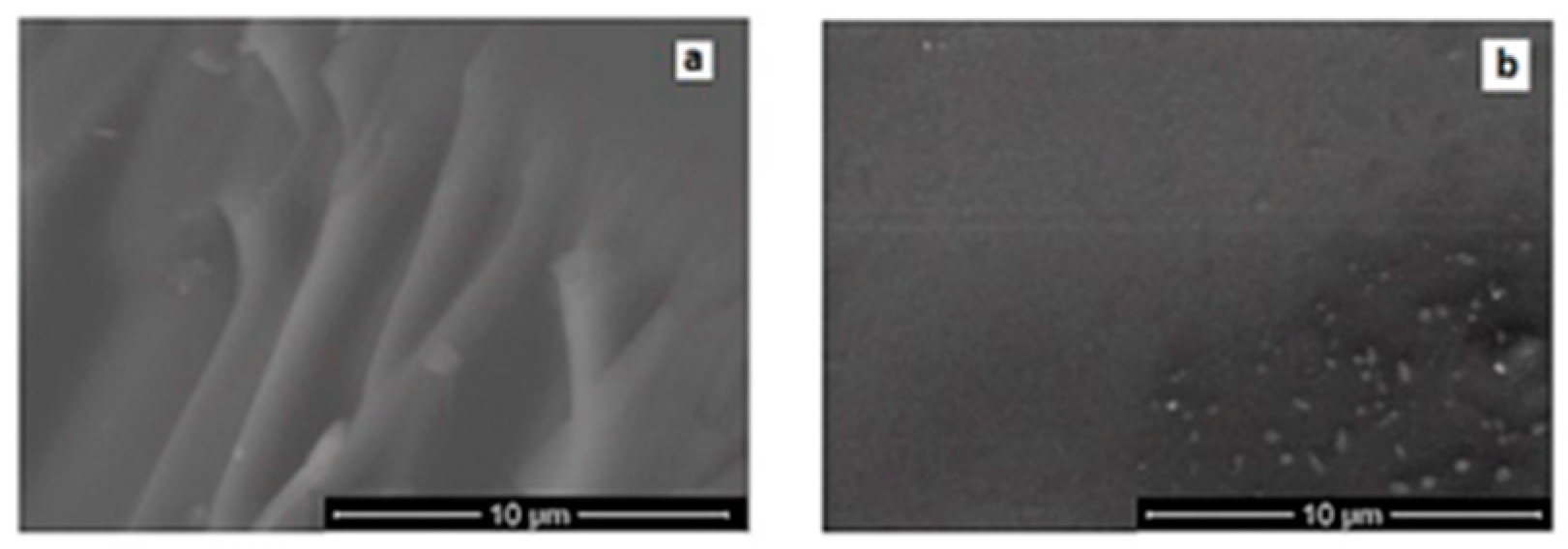Characterization of Protected and Unprotected Ancient Glass after Acid Corrosion †
References
- Mocioiu, O.C.; Atkinson, I.; Pandele, J.; Boroica, L.; Sava, B.; Mocioiu, A.M.; Zaharescu, M. Protective coatings for the silicate glasses containing Fe2O3. Rev. Roum. Chim. 2014, 59, 267–272. [Google Scholar]
- Mehta, P. A conceptual understanding of scientific and legal perspective of acid precipitation and its impacts: A review. J. Appl. Sci. Res. 2015, 3, 54–75. [Google Scholar]
- Mocioiu, O.C.; Atkinson, I.; Cusu-Pandele, J.; Brătan, V.; Petrescu, S.; Băila, D.I.; Mocioiu, A.M. Structural and physico-chemical characterization of Zn-doped SiO2 glasses obtained by sol-gel route. Rev. Roum. Chim. 2018, 63, 419–424. [Google Scholar]

Publisher’s Note: MDPI stays neutral with regard to jurisdictional claims in published maps and institutional affiliations. |
© 2020 by the authors. Licensee MDPI, Basel, Switzerland. This article is an open access article distributed under the terms and conditions of the Creative Commons Attribution (CC BY) license (https://creativecommons.org/licenses/by/4.0/).
Share and Cite
Mocioiu, A.-M.; Mocioiu, O.C. Characterization of Protected and Unprotected Ancient Glass after Acid Corrosion. Proceedings 2020, 57, 55. https://doi.org/10.3390/proceedings2020057055
Mocioiu A-M, Mocioiu OC. Characterization of Protected and Unprotected Ancient Glass after Acid Corrosion. Proceedings. 2020; 57(1):55. https://doi.org/10.3390/proceedings2020057055
Chicago/Turabian StyleMocioiu, Ana-Maria, and Oana Cătălina Mocioiu. 2020. "Characterization of Protected and Unprotected Ancient Glass after Acid Corrosion" Proceedings 57, no. 1: 55. https://doi.org/10.3390/proceedings2020057055
APA StyleMocioiu, A.-M., & Mocioiu, O. C. (2020). Characterization of Protected and Unprotected Ancient Glass after Acid Corrosion. Proceedings, 57(1), 55. https://doi.org/10.3390/proceedings2020057055




